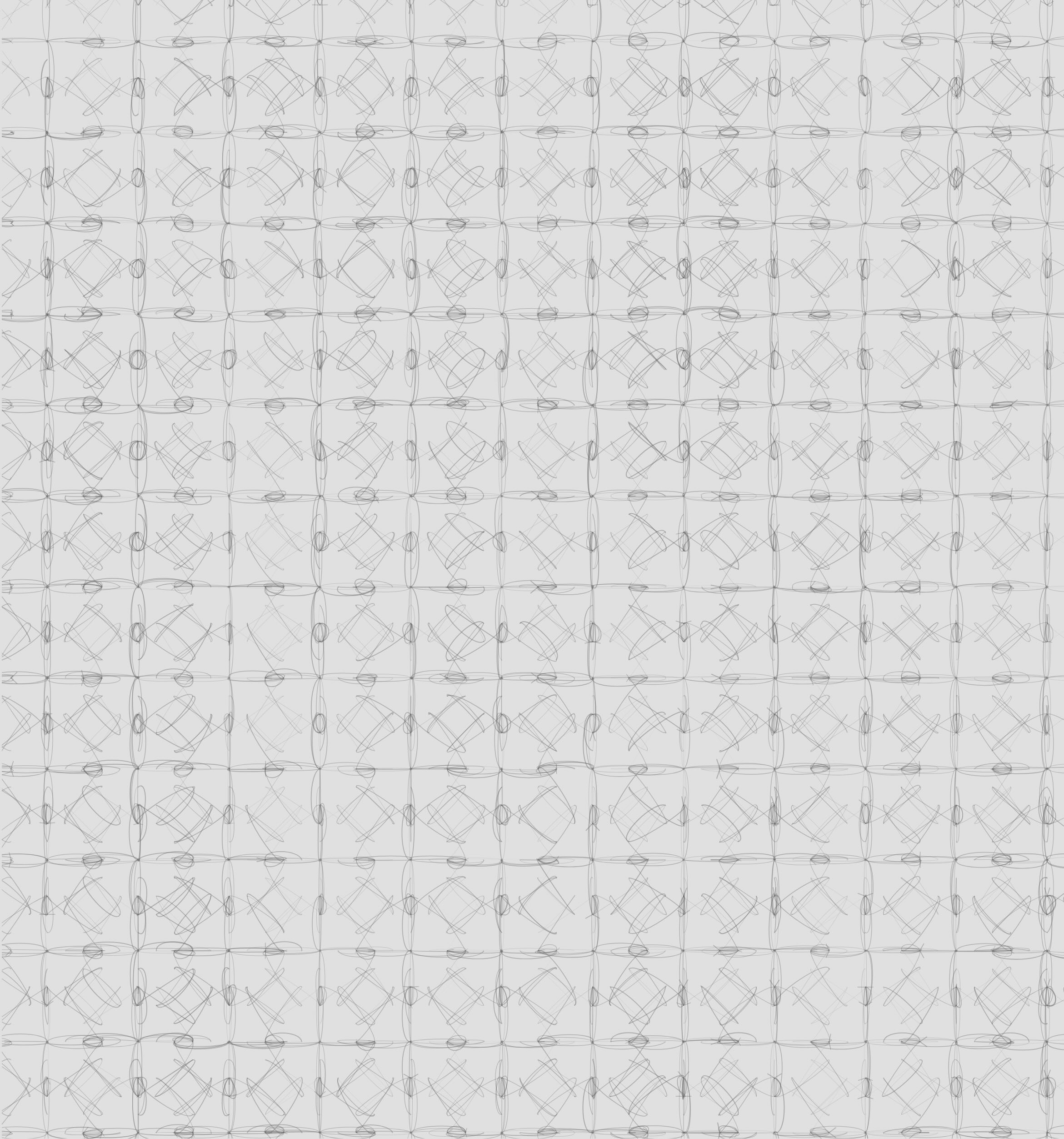Daniel Lichtman’s research and creative work centers around community-oriented processes of interactive storytelling. Lichtman is particularly interested in how diverse communities can use techniques of game design to tell stories about their own culture and heritage, and to speculate upon their possible futures.
The Raisin Truck Makes Raisins
The Community Game Development Toolkit

Blanket Forts and other Assemblages: Special Issue of Hyperrhiz Journal of New Media Culture
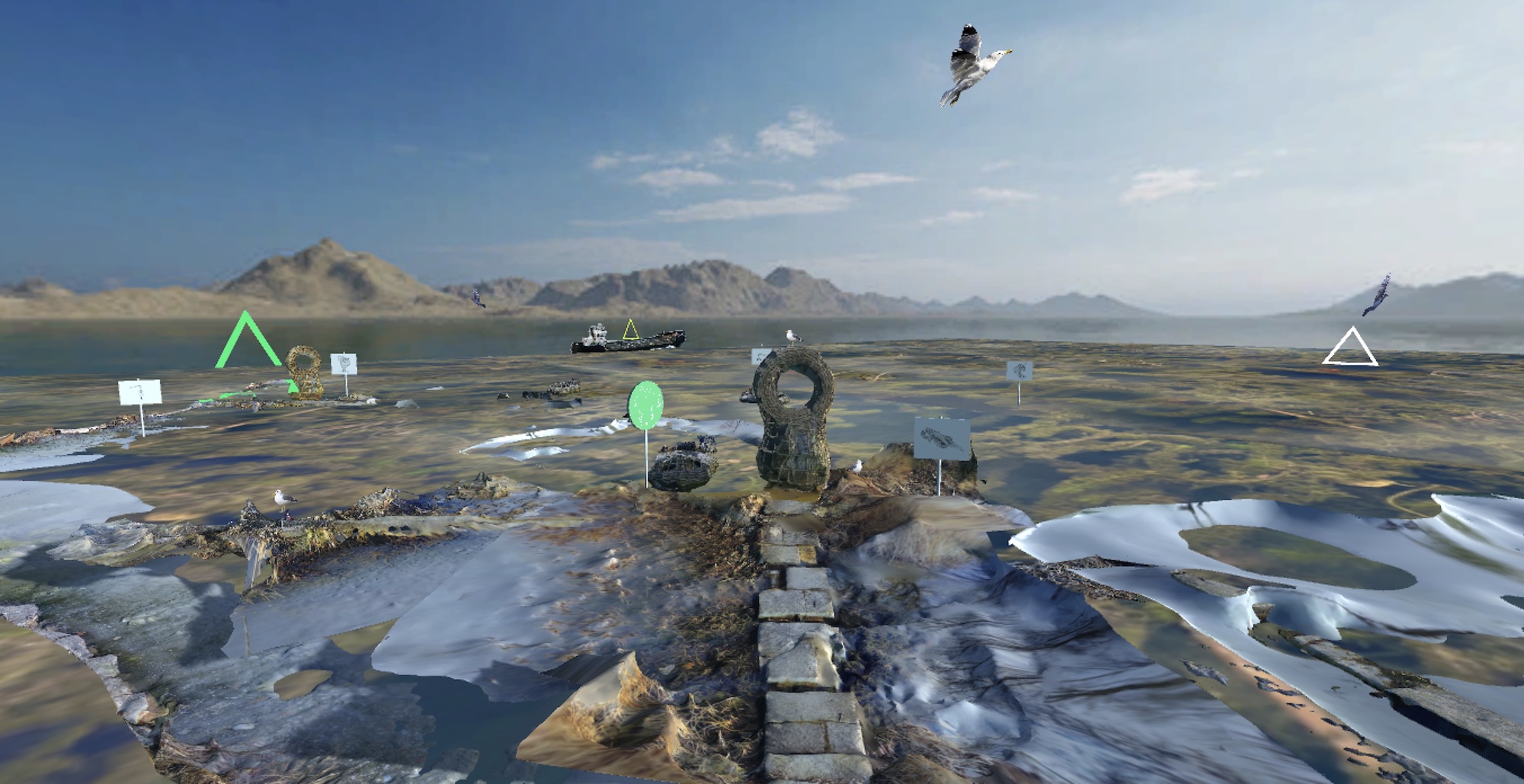
Parsons and Charlesworth: Eco-Fables: Tales of Multispecies Inc.
Cicada Mountain

Interactive audio-text, produced in collaboration with GPT-3 AI text generation engine
Published in The HTML Review (Spring 2023)
Link to work
This poetic, absurdist narrative tells the story of a cicada, listening to a concert, hearing a plane go by, hiking up a steep mounting. The story documents the cicada's vulnerability, insecurity and dreams of anthropomorphic and spiritual grandeur. The narrative is accompanied by sound effects, which the user triggers manually as they read the story. Initially conceived as a radio play performance during the AI Radio Play workshop with Ash Eliza Smith, Jinku Kim and Robert Twomey at the Society for Language, Science and Art Conference, Purdue University, 2022. Planned as the first of 4-5 episodes of absurdist animal/insect focussed stories created in collaboration with the GPT-3 AI text generation engine.
In The Middle

Playtime (WIP)
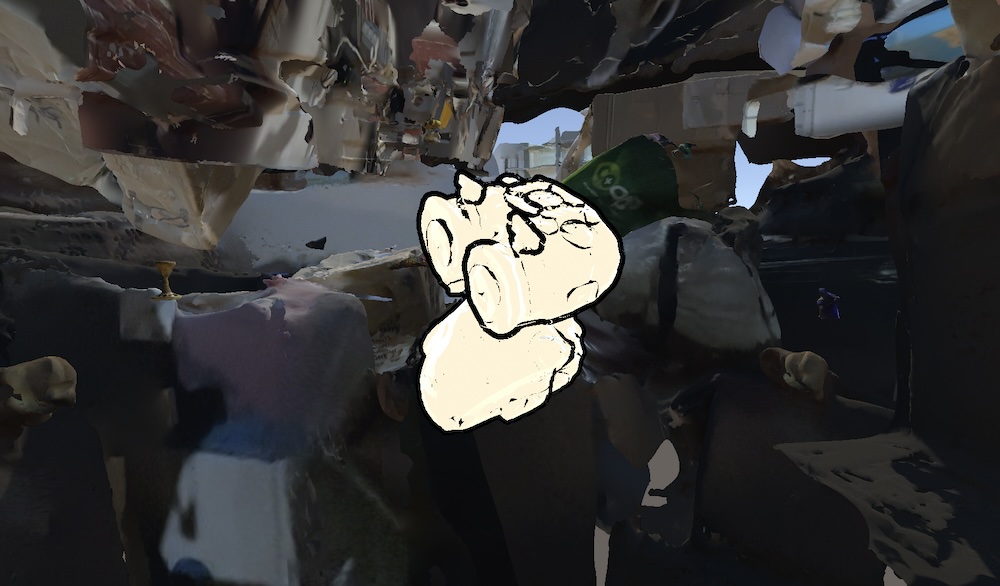
2025-ongoing WIP, video game experience
Playtime, an interactive 3D game environment, immerses the viewer in an unruly audio-visual dictionary of decontextualized objects, fragmented material surfaces, and a collage of sound recordings that together imagine a child’s sensual and affective interaction with a chaotic material environment during unstructured creative play.
Accumulations.online

Online Exhibition and email conversation presented in association with
-empyre- new media listserve, Cornell University, November, 2020
Link to exhibition
This program features artists’ platforms, workshops and projects that
explore intersections between networked collaboration, distributed
storytelling and digital community building.
Works in the program experiment with new rhythms and topologies of
writing, talking, listening, feeling and being together in networked
environments. Works often build visual, textual or sound-based
narratives through the gradual accumulation of contributions from a
distributed network of participants. These projects take a broad view
of networks, spanning spaces such as the digital, analog, public,
private, human, non-human and geological.
At this moment of lock-down, new forms distributed community and
collaboration are not only speculative, but urgently necessary.
Importantly, works in the program use DIY and DIT (do it together)
tool building, outside of the domain of big-tech and surveillance
capitalism. They prioritize data-privacy, open source resources,
security and autonomy from big-data.
The Home-Life of the Spoonbill, the Stork and Some Herons

Xzone

September, 2020, A Do It Together platform for online community-making. Presented with
Lee Tusman at the Our Networks in Uncertain Times ↔ Places
https://leetusman.com/projects/xzone/
Participants in this workshop created their own D.I.T. (“Do It
Together”) 2D networked online meeting places. We introduced the idea
of virtual temporary autonomous zones based on the concept of
temporary autonomous zones, the socio-political tactic of creating
temporary spaces to evade formal structures of control. We taught how
to create a simplified networked graphical community meeting space
based on this concept, including creating avatars, room interiors and
interactive objects, inspired by physical spaces such as the squat,
loft, community space, or campsite.
DIY Scene Design and 3D Modeling

2020, Workshop presented at Babycastles Academy
Working in Unity is hard. 3D modeling is involved, and it’s hard to be
quick and nimble when you’re trying to do it (at least if you’re me).
AAA-style textures are damn near impossible (and who wants to go down
that road anyway). So how do you make a compelling looking 3D
environment without superhero skills?
Join Daniel Lichtman in this workshop that introduces a range of “DIY”
techniques in Unity to quickly make exciting, rich and layered 3D
environments, no coding or specialized game-dev skills required.
Lichtman will go through simple techniques for adding hand-drawn and
flat, photo-based objects to your scene. He’ll demonstrate how to scan
drawings and turn them into transparencies that, with a little (really
only a little!) creativity, can fill your 3D space with fun, organic
texture. He will also demonstrate how to take 360-degree photos with
any phone, and use these as compelling, if often strange and
disorienting skyboxes. Finally, he’ll show you how to fiddle with
freely-available 3D models to turn them into mysterious, alluring
objects to navigate in your scene.
Machine Vision Self-Portraits
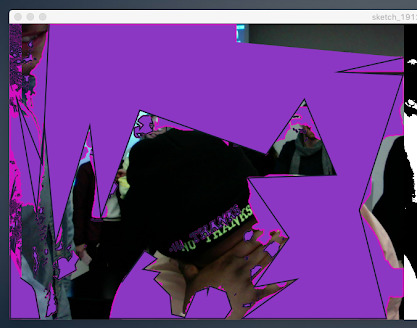
Workshop presented at Processing Community Day NYC, February, 2020.
Link to conference
Presented in collaboration with Kaitlyn Chiu, Khaliya McCall, Jose
Benitez and Yingna Lu, students in the New Media Art program at Baruch
College, CUNY
In this workshop we developed an application in Processing that
creates machine vision (MV) self- portraits. Aimed at beginners, we
explored how a computer ‘sees’ in terms of shapes, colors, lines and
mathematical calculations. We played with a variety of MV algorithms
(eg. face and skin detection, moving-object recognition) and fiddled
with parameters (eg. which colors constitute ‘skin’? what defines a
face?) to generate fascinating and unpredictable results. To point the
way towards future conversation about MV’s role in society, capitalism
and law enforcement we discussed examples such as automated security
clearance at Shanghai Airport, smile-to-pay kiosks at KFC and John
Deere’s ‘See and Spray’ MV pesticide applicator.
Co-Sleeping with One Breastfeeding Partner, One Non-Breastfeeding Partner, and One Newborn Baby

2022, Graphic algorithm and performance. Produced in collaboration with Laura Morrison
Performed at Domestic Logic: Home as a site of knowledge production, event The New School / Online, and accompanying recipe book
During this event, myself, my partner and our then infant baby demonstrated an algorithm for co-sleeping with one breastfeeding partner, one non-breastfeeding partner, and one newborn baby. A 'recipe book' was published following the event, to which we contributed a graphic text version of the algorithm.
This work reflected on the formulation of this domestic task as a recipe, or algorithm -- a set of rules that are both well-defined, and in fact need to be followed to get (hopefully) through the night peacefully, but are also prone (guaranteed) to break down.
How Would You Know If You Were The Last Man On Earth?

2015, Video on computer monitor (8 minutes), media player, headphones,
keyboard, mouse, chair, jacket Installed at The Drawing Center, New
York
As the viewer reads the text on the monitor in this video
installation, an anonymous face stares back at her through the screen,
sometimes engaged, sometimes distracted. Text fragments generate a
fictional autobiography, voice nostalgic memories and opaquely
reference various end-of-the-world possibilities. The language has
been adapted from from Michael C. Ruppert, a self-styled activist who
proselytizes the imminent end of western civilization.
Public Access Television Within A World Systems Pattern of Understanding
2013-14, Presented at The Woodmill GP (solo), Vox Populi, Philadelphia and Platform Arts, Belfast
Recorded at City Business Centre, London, as part of my residency at
The Woodmill, London. Here I re-perform verbatim a 1998 guest-lecture
given by Manhattan community television personality Harold Channer at
New York University. I listen to Channer’s talk in an earphone while
reproducing his text and performative style for a new audience. For
the lecture slides, I show clips from the video documentation of
Channer’s talk, connecting my new context with the original. Channer’s
interview programme stars members from the fringes of various
left-wing establishments—his biggest catch, Muammar Gaddafi. While
Channer was invited to speak about community television in this
presentation, he spends most of the lecture promoting his own theory
about the end of economic scarcity and the limitless possibilities for
free expression that will result.
Doctors and Nurses
2017-18, BRIC Arts and Media House (solo) In Doctors and Nurses, made as part of my Media Arts Fellowship at BRIC, two performers create a tense and oddly exuberant display of different forms of personal testimony. Patient Jim (amateur actor from BRIC Public Access TV) explains what led to his upcoming heart surgery at a New York hospital. He improvises to camera, broadcasting in search of solidarity from fellow patients, reaching out to strangers who might be watching. Lara accompanies and interrupts with phrases from forgotten Rag-Time era songs that obliquely reference early American stories and social histories. They bring a combination of improvisation, scripted material and their own creative pursuits to bear in this new work that considers the fragile forms of power, solidarity and autonomy brought about by sharing your story, both online and off.
Broadcasting from a Secret Underground Bunker

2014-16, Presented at Chashama, NY (solo) and Northern Gallery For Contemporary Art, Sunderland, UK
Here I perform a verbatim re-presentation of current international
news affairs streamed on YouTube by users such as Angelocracy Xue,
from Atlanta. Angelocracy recounts an all-encompassing variety of
world-historical phenomena from the perspective of a 100% confident
personal commentary. I project a live video, mimicking Angelocracy's
visual style of webcast, speaking in a southern accent and using
patriotic clip-art and info-graphics. In this version of the
performance, I discuss reaching one million viewers and their personal
attacks against me in their YouTube comments.
We Have A Dome

2014-15 Digital video projection (8 minutes) and large
scale video/sound installation, 35x20’, Installed at The Tetley, Leeds; screened
at The Queens Museum, New York
In this large video installation, the sound of water, wind and the
voice of an anonymous woman floating alone in a pool fills the
gallery. It’s Sunday, and the woman describes the trees and sky above
as her church, the clouds its congregation. Her meandering narrative
is paired with my own footage, also shot while floating alone in a
pool, observing my own surroundings, feet, legs and body. As the
woman’s invocation and my video occasionally meet each other and at
other times drift apart, this work reflects on the perception of
innocence and modes of attention, address and distraction.
You Are Good

2019, Video screening program, touring to galleries and museums in the UK
Organized by New York-based artist Daniel Lichtman, with local artists
invited by each venue. Touring to The Islington Mill, Salford (12
March); The Tetley, Leeds (13 March); Humber Street Gallery, Hull (14
March); and Kunstraum, London (16 March)
Alternately building and dismantling vocabularies of trust, works in
this program sometimes appear to gaze directly at you, the viewer, and
at other times look elsewhere, or entirely away. Working with scripted
and improvised speech, human and non-human bodies, videos in You Are
Good explore an expanded idea of wilderness, defined by language,
desire and corporeality.
http://www.you-are-good.website
Get Straight Or Die
2015-16, Presented at Dynamo Arts Association, Vancouver (solo)
A camera traces a man as he wanders
through a park full of dogs. Partly addressing the dogs, partly
himself, the man stutters through an intuitive narrative of the
history of revolution and freedom in the West. Eventually, the camera
drops into a pocket. When the image returns, language has been
replaced by music and the dogs entertain themselves. Seen here as part
of solo exhibition of the same name.
Game Time

2018, Presented at Herculese Studio Art Program, New York
In Game Time, actor James Freeman theatrically conflates the emotional
Youtube testimony of a man about to undergo major heart surgery with a
semi-improvised story of his own recent cardiac procedure. A new
character emerges between the two, situating the audience somewhere
between a specific, visceral experience of the actor’s body and an
abstract generalization of amateur online testimony. Building on my
interest in amateur broadcasters and their communities, this
performance work frames the online medical testimony as a space of
potentially real solidarity, but an equally stark aloneness--another
way to have a broken heart.
Death of Michael C. Ruppert
2016, Presented at the Unruly Emotions conference at Oxford University
In this performance at the Unruley Emotions conference at Oxford
University, I tell an improvised story of the suicide of
whistleblower, underground journalist and internet radio host Michael
C. Ruppert, using enlarged notes to help remember the story and a pile
of denim clothing to indicate Michael's body. Here, my character and I
negotiate the theatricality of emotional communication through
narrative language to live and online audiences.
Honey Pump

2018 Sound (duration: 10 minutes), speakers, barbecue grills, honey, mixed media Exhibited at Hercules Art Studio Program, New York
Type

Type 2010 Typewriters, Arduino, Micro-controllers, Computer, Paper,
Desk, Lamp
Two typewriters automatically type text from a live, politically
themed chat room.
Get Straight or Die

2015-16, Presented at Dynamo Arts Association, Vancouver (solo)
A camera traces a man as he wanders through a park full of dogs.
Partly addressing the dogs, partly himself, the man stutters through
an intuitive narrative of the history of revolution and freedom in the
West. Eventually, the camera drops into a pocket. When the image
returns, language has been replaced by music and the dogs entertain
themselves. Seen here as part of solo exhibition of the same name.
Untitled
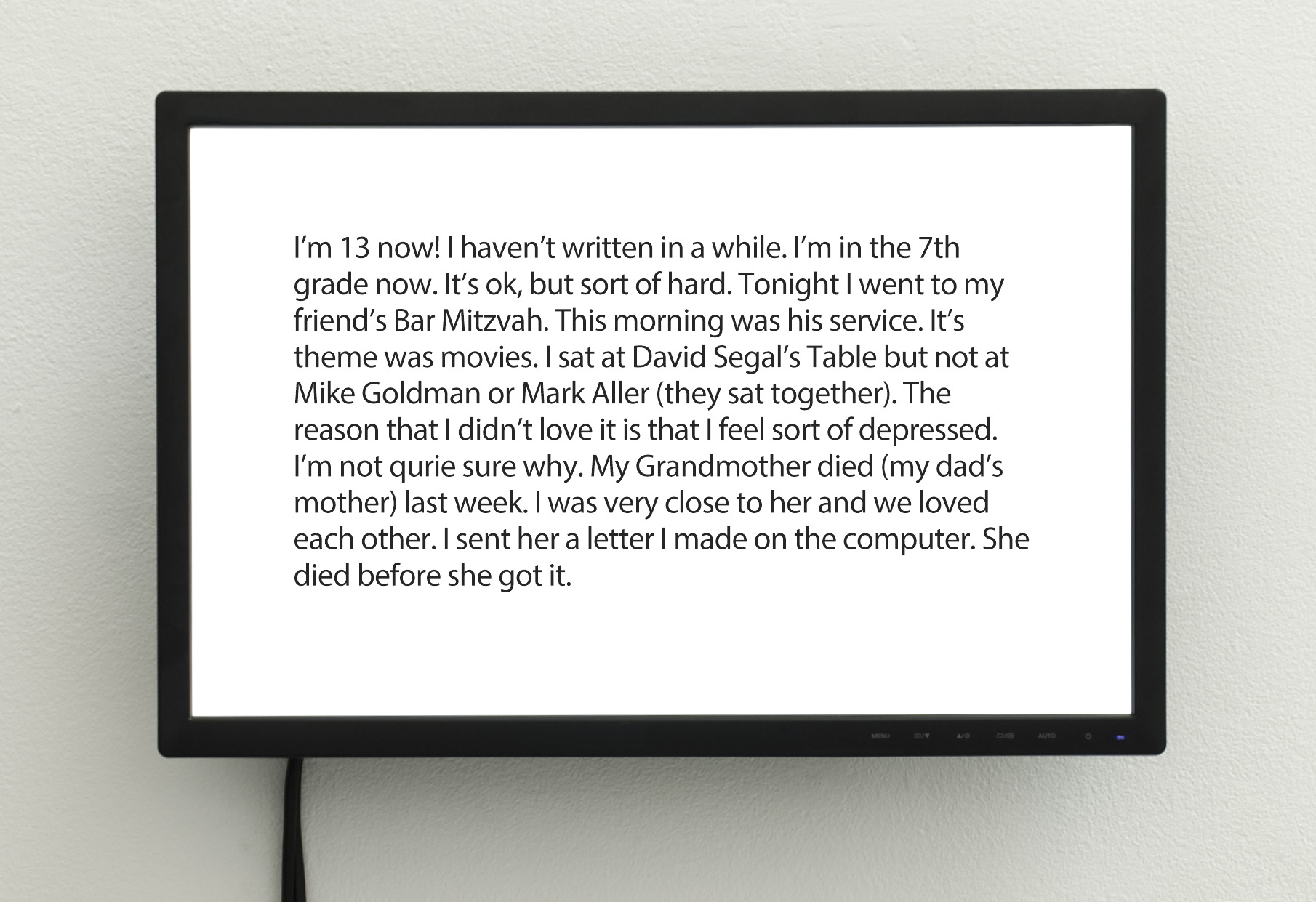
2010, Slideshow, 5 minutes. Exhibited at the ICA, London
Text excerpted from my childhood diary.
